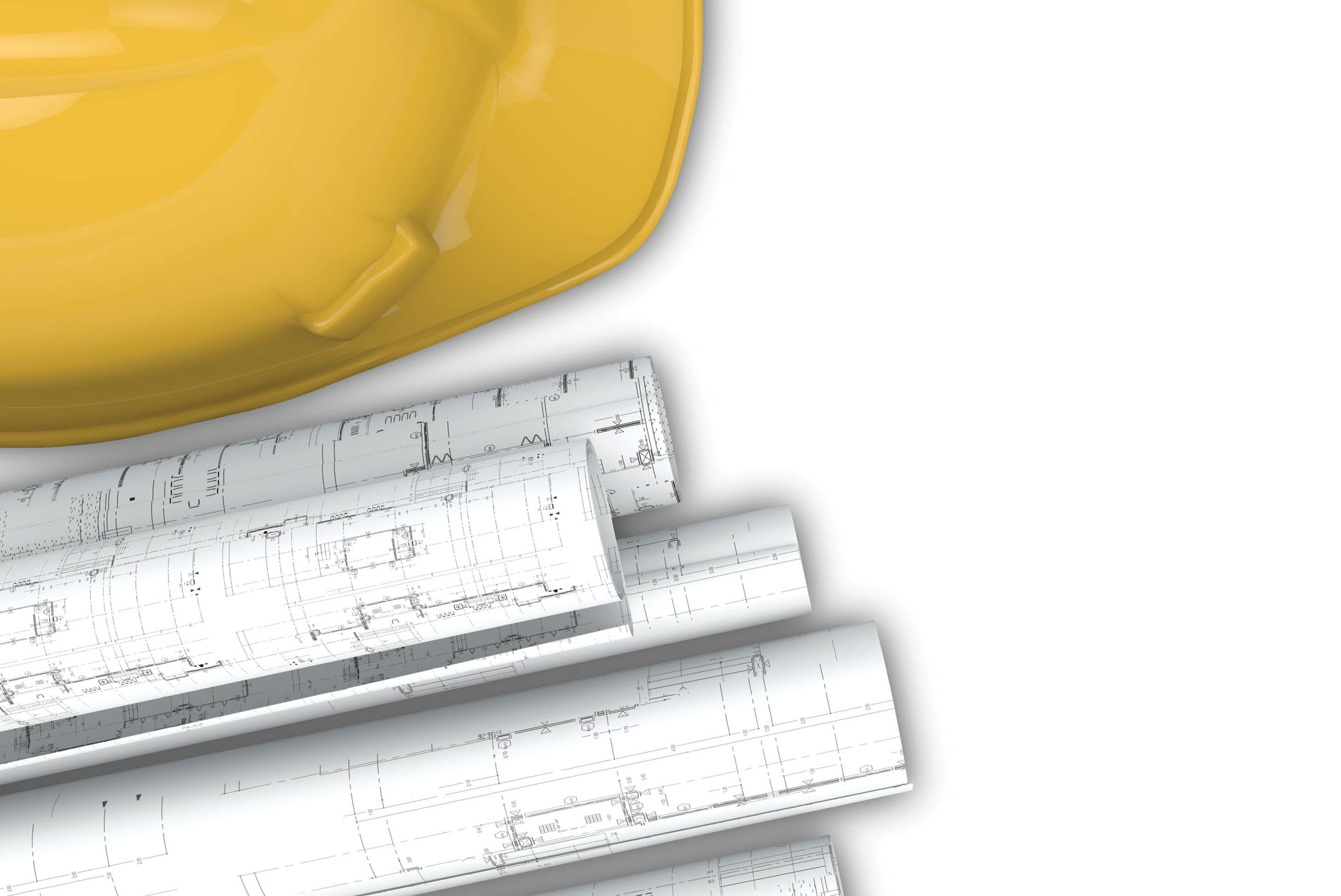Engineering department reports skyrocketing lead times
Pre-pandemic, electric transformers were either in stock or in about 4-6 weeks for ground-mounted electrical service. Today, the lead time for transformers is up to a year, says Dan Haupt, CHFM, CHC, director of the health care division at AG|CM Inc., a construction management and estimating firm in Texas.
Hospitals are also facing long waits for switchgear, emergency generators and computer chips. “The lead time on emergency generators is a year to 16 months depending on the kilowatts,” Haupt said.
Delays aren’t limited to electrical equipment, either. In 2019, the wait for an air handler for a construction project was about four weeks — possibly 12-14 weeks for larger units. In 2022, lead times for the critical HVAC component is one or even two years.
Why the record lead times? Health care is still feeling the global disruptions brought on by COVID-19. There is a lack of raw materials like steel, aluminum, copper and plastics, as well as a workforce shortage that is disrupting manufacturing, shipping, transportation and warehousing. Add rising fuel costs and record inflation to the mix and the outcome is project delays and cost overruns.
And when construction began rebounding in the last year, demand for certain electrical equipment — especially computer chips — went through the roof.
“The global shortage of computer chips is really impacting electrical equipment, because chips are used for so many types of equipment, including HVAC controls, switchgear, transfer switches and fire alarms,” says Randy Keiser, national health care director at Turner Construction Co.
Hospitals on a waiting list for electrical equipment are turning to options like temporary transformers, rental equipment and are paying higher prices to get equipment sooner. They are ordering as far in advance as possible. Some hospitals are turning to custom manufacturers to expedite equipment delivery.
The University of Maryland Medical System contracted a custom electrical switchgear manufacturer to bypass long lead times with larger companies, says Darryl Mealy, vice president of construction and facilities planning. “When you buy from a major manufacturer, you are locked into their way of doing things,” Mealy says. “A custom manufacturer has more flexibility and can build us the switchgear and source the parts differently than a big company.” ν





